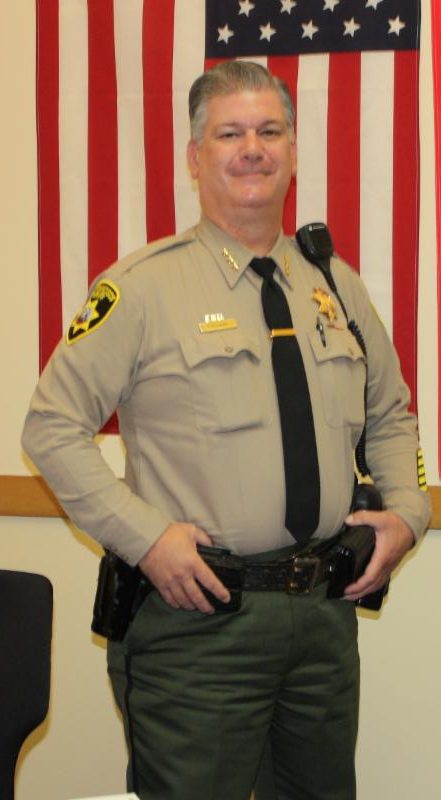 On May 14, 2024, the San Francisco Board of Supervisors convened a meeting on the impacts of lockdowns in the San Francisco County Jail.
On May 14, 2024, the San Francisco Board of Supervisors convened a meeting on the impacts of lockdowns in the San Francisco County Jail.
Of particular concern is the health and well-being of deputy sheriffs and the impacts on the inmate population as a result of jail lockdowns. The presenters at the hearing included the Sheriff’s Office, Deputy Sheriffs’ Association, Sheriff’s Inspector General, and Public Defender’s Office.
While each presenter and subsequent questions by the board members warrant merit for further discussion, it is the Sheriff’s presentation that requires further examination. It is very important to keep in mind that this hearing was called due to the voluminous and violent attacks on deputies and the jail lockdowns that were caused by the aforementioned.
One would expect the Sheriff to present a plan that expedites the hiring of deputies in large numbers, details a training strategy to minimize attacks on deputies, states how he will modernize the deputy recruitment plan, and address the significant deficiencies in the county jail infrastructure.
We did not hear that.
Instead, the Sheriff spoke of hiring more discharge planners, securing funding for more behavioral health personnel, and purchasing more body-worn cameras. Each of these initiatives has merit in consideration of county jail operations.
But, they completely miss the point and fall well short of what is needed to address the crisis in the San Francisco County Jail. Deputies are under constant assault and risk of great bodily injury and possibly death. Inmates do not feel safe and lack adequate living quarters to include access to outdoor recreation.
The Sheriff’s presentation offered no solutions to these most pressing issues. So the public, the deputies, the inmates, and loved ones of both are left wondering, what is the Sheriff’s Office plan? The Sheriff’s Office has about 175 vacant deputy sheriff positions. What is the plan to fill the vacancies?
No plan.
The SFSO has an outdated, understaffed, and underfunded recruitment operation. What is the plan to address this?
No plan.
The county jail facilities are decrepit and do not provide adequate living spaces, nor sufficient outdoor recreation. What is the plan to address this?
No plan.
Too many deputy sheriffs are assigned to non-jail assignments. Not enough deputies are assigned to background investigations and personnel to support hiring efforts. What is the plan to rectify improper resource allocation?
No plan.
Overtime expenditures are consistently high including involuntary deputy overtime that causes exhausted deputies. Command-level staff are allowed to accrue overtime exasperating skyrocketing costs. What is the plan to decrease overtime spending?
No plan.
During the hearing, the Sheriff was asked if he had the funds in his budget to fill the deputy vacancies.
The answer was yes.
The question was followed by, so if you could hire the bodies, you have the funds to pay them?
The answer was yes.
It begs the question, why are these vacancies not being filled? What motivation could exist to subject deputies and inmates to such unsafe staffing levels?
Key to addressing all of these issues is leadership and the courage and strength to advocate. The Sheriff is an elected Constitutional Officer and a Chief Executive Law Enforcement Officer. The authority of the office must be used to educate, advance, and solicit the needs of the
agency.
The Sheriff must speak forcefully and directly at every opportunity to the electorate, the Board of Supervisors, and the Mayor about these mission-critical needs:
● Fill the deputy vacancies
● Fund a robust SFSO recruitment program
● Fund a fully staffed SFSO background investigation unit
● Fund the training needs of the Sheriff’s Office
● Approve significant capital improvements to the infrastructure of the county jail
Each of these is required to ensure a safe, humane, and secure county jail.
That must always be the priority of the Sheriff.
Matthew Freeman
The Undersheriff (Ret)
San Francisco Sheriff’s Office
